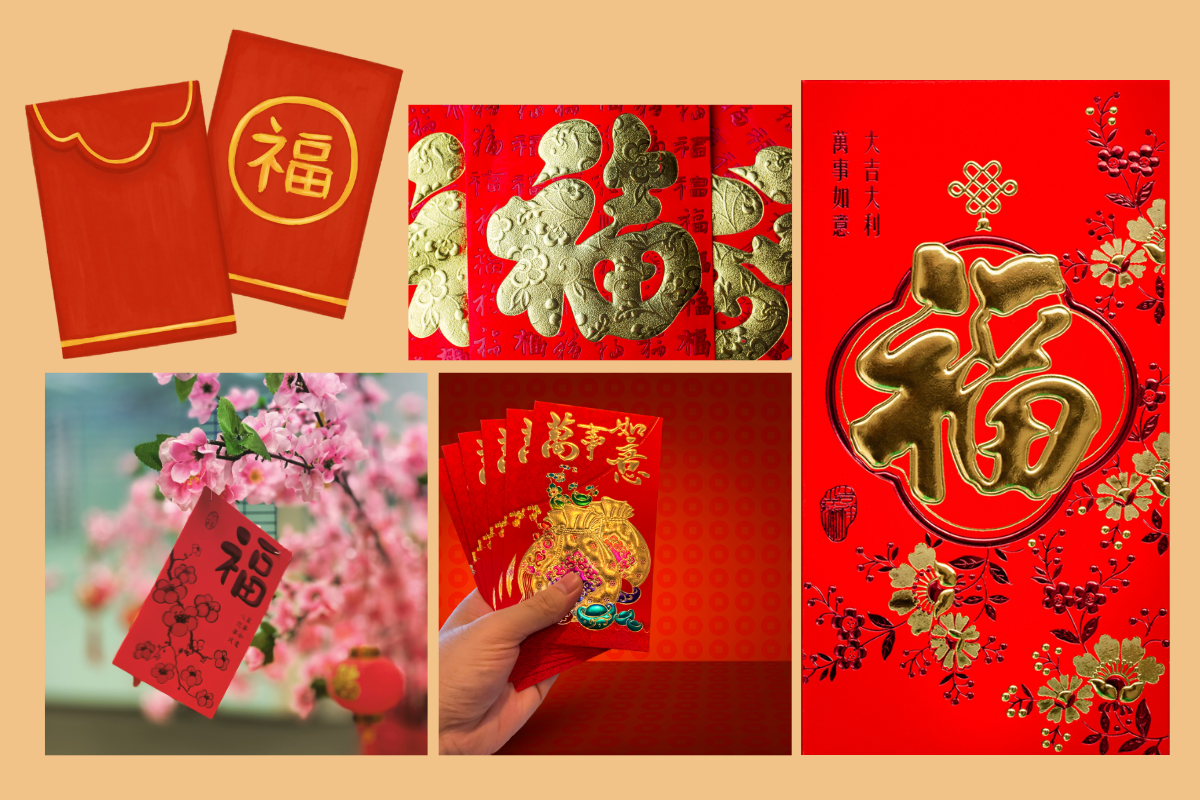Chinese Red Packet Tradition: Traditional Blessings and Festivities
In the vibrant tapestry of Chinese culture, the tradition of exchanging red packets, also known as "hong bao" (红包), holds a special place. This blog invites you to dive into the rich and meaningful world of Chinese Red Packet customs, exploring the origins, symbolism, and the joyous spirit behind this cherished tradition.

Origins of the Red Packet Tradition
Ancient Beginnings:
The practice of giving and receiving red packets can be traced back to ancient China, where coins were often strung together with a red string to ward off evil spirits. Over time, this evolved into the iconic red envelope containing monetary gifts.
New Year's Significance:
Red packets are particularly associated with Chinese New Year, symbolizing good luck, prosperity 繁荣 (fán róng), and well-wishes for the recipient's health and happiness in the coming year.
繁荣 (fán róng), noun, prosperity
- We hope for more prosperity for our family in the coming year.
我们希望新的一年里家庭能够享受到更多的繁荣。
Wǒmen xīwàng xīn de yī nián lǐ jiātíng nénggòu xiǎngshòu dào gèng duō de fánróng. - The success of a business is not only about profit but also about the prosperity of its employees.
企业的成功不仅关乎利润,还关系到员工的繁荣。
Qǐyè de chénggōng bù jǐn guānhù lìrùn, hái guānxì dào yuángōng de fánróng.

Social Customs and Etiquette
Recipient Expectations:
Red packets are commonly 通常 (tōng cháng) given by married couples, elders, or employers to younger family members, friends, or employees. It is customary for the recipients to express gratitude and good wishes in return.
Weddings and Celebrations:
Beyond the Lunar New Year, red packets play a significant role in other celebrations like weddings, birthdays, and important life events. The gesture symbolizes support, well-wishes, and the sharing of joyous moments.
通常 (tōng cháng), adverb, commonly
- In modern society, the mobile phone is a tool commonly used by people.
现代社会中,手机是人们通常使用的重要工具。
Xiàndài shèhuì zhōng, shǒujī shì rénmen tōngcháng shǐyòng de zhòngyào gōngjù. - In this region, summer is commonly very hot.
在这个地区,夏天通常会很炎热。
Zài zhège dìqū, xiàtiān tōngcháng huì hěn yánrè.
Modern Evolution and Digital Red Packets
Digital Transformation:
In the digital age, the tradition of red packets has seamlessly transitioned into the online realm. Digital hongbao exchanges have become popular, especially during festive seasons, connecting people across distances.
Innovation in Design:
While the essence of red packets remains rooted in tradition, modern designs showcase creativity. From animated digital red envelopes to themed and personalized physical packets, the tradition continues to evolve with the times.
- During the Spring Festival, grandparents always give us red envelopes.
春节时,爷爷奶奶总是给我们发红包。
Chūnjié shí, yéye nǎinai zǒng shì gěi wǒmen fā hóngbāo. - On Xiao Ming's birthday, his relatives gave him a big red envelope.
小明生日的时候,他的亲戚送了他一个大大的红包。
Xiǎo Míng shēngrì de shíhòu, tā de qīnqī sòngle tā yī gè dà dà de hóngbāo. - At the company's annual meeting, the boss distributed red envelopes, bringing surprise and joy to the employees.
公司年会上,老板发放了红包,给员工带来了惊喜和喜悦。
Gōngsī niánhuì shàng, lǎobǎn fāfàngle hóngbāo, gěi yuángōng dàiláile jīngxǐ hé xǐyuè.
Do you have the custom of giving red envelopes in your country?